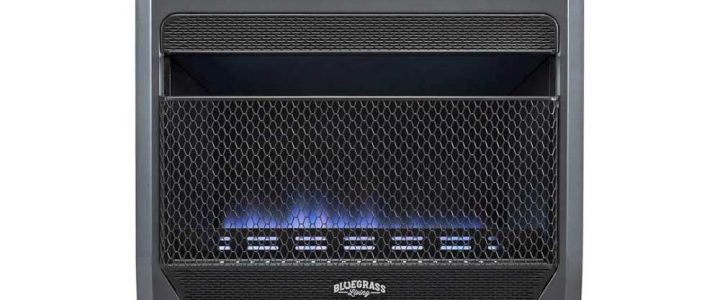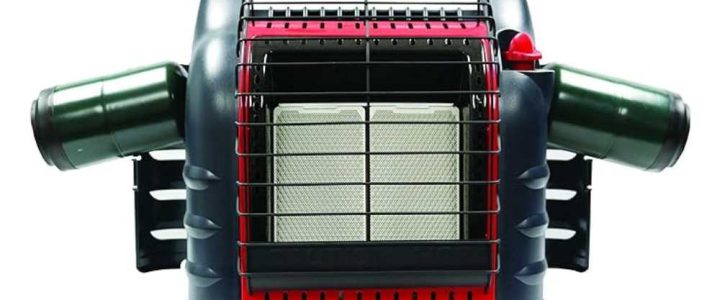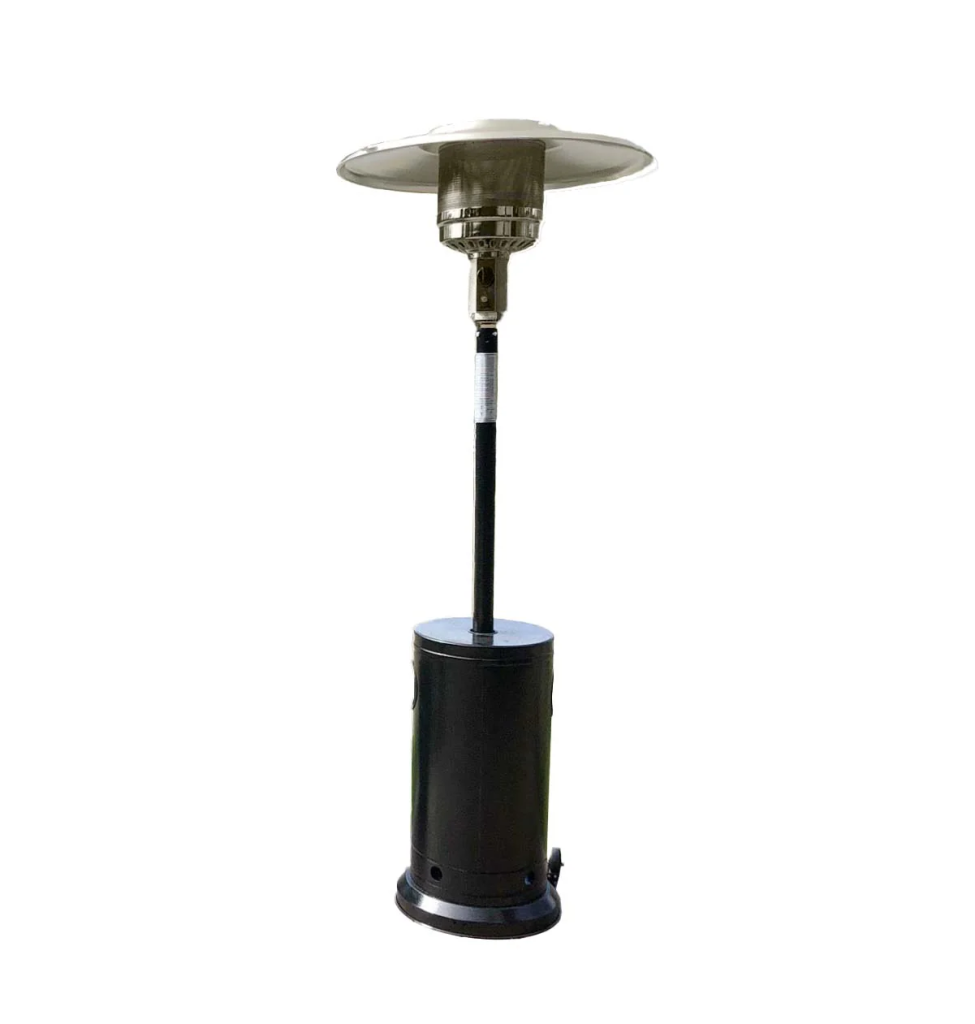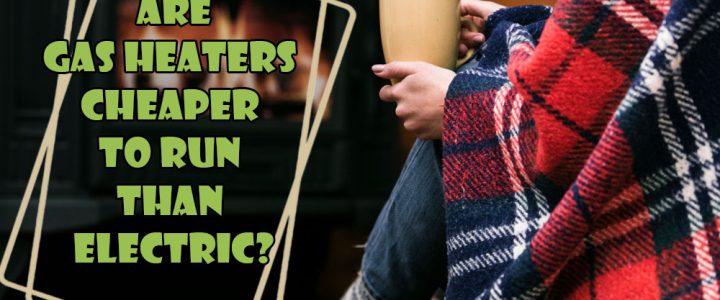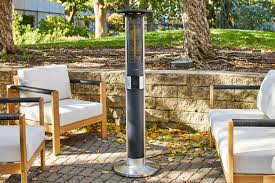Propane tabletop gas heaters have become necessary for outdoor parties and events. As they ensure warmth during cold nights and add lighting and beauty to any event. However, amidst their popularity, a common inquiry lingers: As much as it may be interesting to know how durable a propane tabletop gas heater may be.
it is not easy to pinpoint the exact lifespan of the heater due to the numerous factors that may influence it. Determining the years of existence for these heaters means looking at more aspects, such as craftsmanship. Regular practices, usage and environments are critical in the determination of the ideal maintenance practices for public lighting facilities. Let us explore the durability of propane tabletop gas heaters and the employment of methods to enhance their operational ability.
Construction Quality
Largely, the life expectancy of a propane tabletop gas heater depends on the design and workmanship put into the product. That is why you should focus on heaters made of durable materials like stainless steel or aluminum. These materials are notably anti-corrosive and more durable than cheaper grades. Although premium-quality heaters cost more initially, they last longer and provide optimum value for your money. Ensure you buy a well-constructed heater that lasts for many years and remains safe to have around.
Maintenance Rituals
Regular maintenance is essential for extending the lifespan of propane tabletop gas heaters. Some of the simple practices that can be observed include cleaning the burner and checking on the connections to if they are leaking every now and then. Proper ventilation is also instrumental in guaranteeing proper flow as well as preventing the product from overheating. It is also critical to follow manufacturer-prescribed maintenance schedules and practices. Small things like the exterior cleaning to avoid rust, inspection of the hoses and valves, and confirmation that the pilot light good working always go a long way in the use of the heater.
Usage Patterns of Propane Tabletop Gas Heaters
The frequency and duration of use have a profound impact on the lifespan of propane tabletop gas heaters. Long hours of running the system require higher loads which are likely to cause higher wear on the parts and thus lower the general durability of the equipment. Also, consider the issue of cyclic use, where you use the heater for some time and then leave it unused for a while. This allows the heater to cool down, especially after intensive use.
In particular, it is always harmful to overwork the heater and use it much longer than necessary; it will cause a breakdown much earlier than expected. In this way, you can keep usage of the heater at a moderate level for a longer time, thereby increasing its lifespan considerably.
Environmental Influences on Propane Tabletop Gas Heaters
The longevity of propane tabletop gas heaters is significantly influenced by environmental conditions. Extreme temperature swings, moisture exposure, and salt air (particularly in coastal areas) may hasten corrosion and component breakdown. Take preventative steps to shield the heater from the weather by keeping it indoors or covering it with weatherproof coverings during the off-season. Position the heater away from direct exposure to inclement weather to preserve its integrity. You can maintain the heater’s performance and increase its lifetime by protecting it from environmental challenges.
Telltale Signs
Propane tabletop gas heaters will ultimately begin to age even with careful maintenance. In order to decide if repairs or replacements are required, it’s critical to identify these symptoms as soon as possible. Some signs that the heater may not have much longer to live include decreased heat production, erratic flames, strange smells, and frequent malfunctions. In these cases, weighing the pros and cons of replacement vs repairs becomes crucial. Replacing is often the wiser course of action since it ensures maximum performance and safety.
Strategies for Longevity of Prolonging
Propane tabletop gas heaters have varying lifespans, there are a few tactics that may be used to extend their longevity:
Routine Maintenance
Follow a regular maintenance regimen. This should include checking gas connections, cleaning the burner and its external surfaces, and making sure there is enough ventilation. Potential concerns may be addressed by trained experts via routine service before they develop into more significant ones.
Proper Storage
In the off-season, keep the heater indoors or under cover. This shields it from potentially damaging environmental elements and bad weather. Additional protection may also be obtained by using weatherproof coverings.
Timely Repairs of Propane Tabletop Gas Heaters
Resolve any problems or malfunctions right away. Over time, ignoring minor issues might cause more serious harm. Prompt maintenance helps reduce deterioration and guarantees that the heater is safe and operational.
Quality of Propane Tabletop Gas Heaters
Make use of premium propane fuel. Maximize combustion efficiency and reduce the possibility of internal residue buildup, which may impede performance and raise maintenance requirements, by doing this.
Regular Inspection ofPropane Tabletop Gas Heaters
Examine every part on a regular basis, including the pilot light, hoses, valves, and burner. By keeping an eye out for corrosion, rust, or wear and tear, you may prolong the heater’s life and avoid mishaps.
Environmental Management
Pay attention to where you set the heater. Refrain from subjecting it to harsh weather, excessive moisture content, or salted situations. Living near the seaside may need you to take extra precautions, such applying anti-corrosion treatments.
Conclusion
The longevity of a propane tabletop gas heater is closely related to factors such as build quality, diligent maintenance, use habits, and environmental concerns. Quality first, careful maintenance practices, and protection from the elements can help people extend the life of their propane tabletop gas heaters and enjoy the warmth and atmosphere they provide to many parties in the future.

